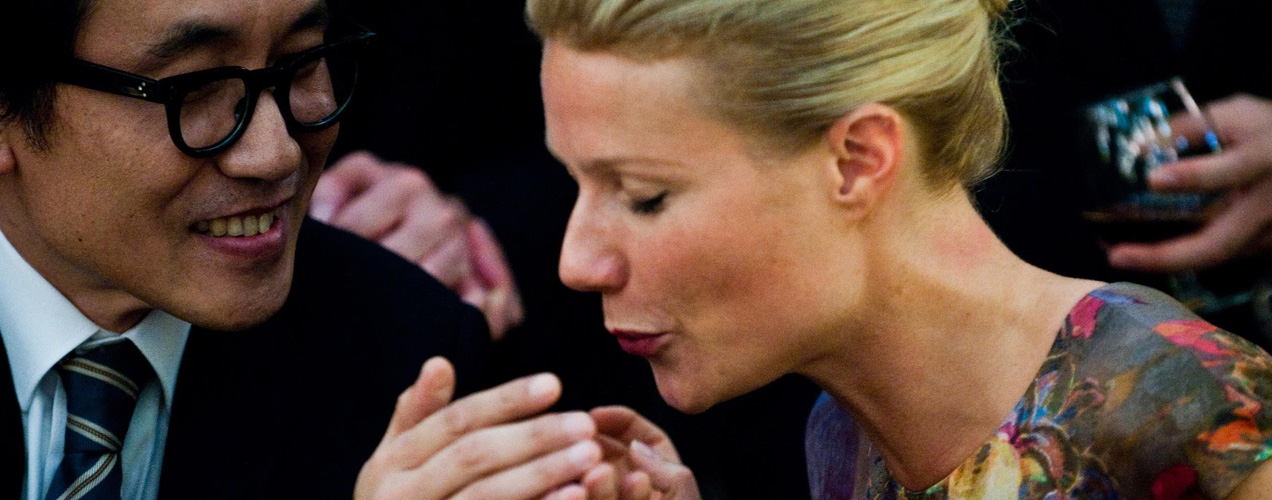2011 / Steven Soderbergh > In 1965, Peter Watkins’ The War Game faux-documented, in a brutally honest manner, a nuclear bombing and the fallout thereafter. It was timely and impacted people on a ground level, knowing that such an attack was entirely possible at the height of the Cold War. Soderbergh attempts to do the same with a deadly virus of unknown origin—as the term “biochemical weapon” is almost a mainstay in the paranoid media—but opts also to inject small subplots of great humanity into the the film’s creases. Therein lies the problem: These stories dilute Contagion’s effectiveness as a cold-blooded cautionary tale. While Cliff Martinez’ chilling score does wonders to bring us into this world that we hope never exists, the script’s near-black and white morality soon jilts our attention. After a while, everything becomes a happy-go-lucky caricature of who we should be as people instead of a deeper dissection of culture in the midst of a tragic outbreak.
Category Archives: 2.0
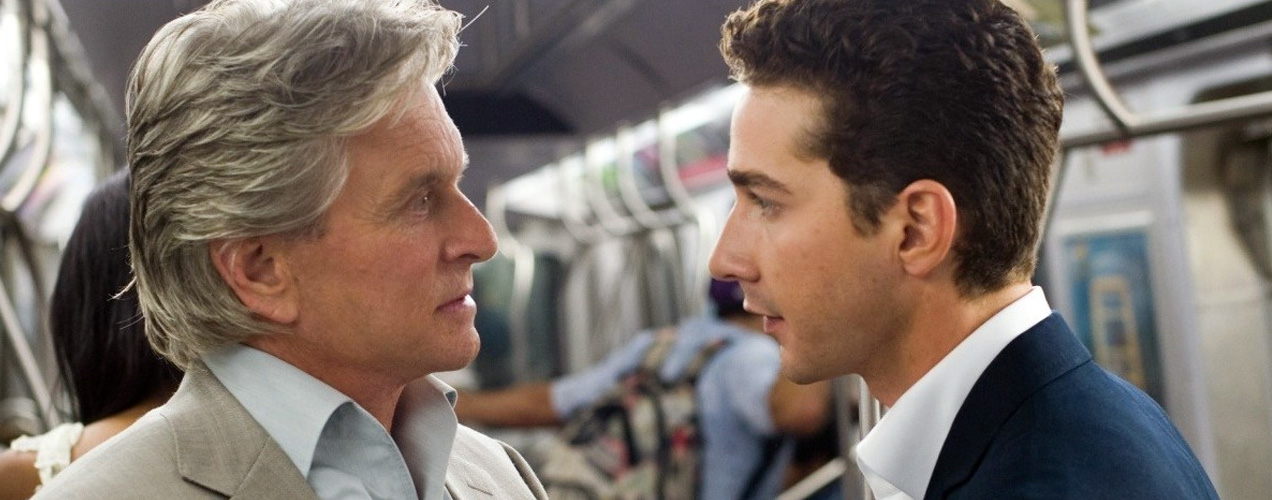
Wall Street: Money Never Sleeps
2010 / Oliver Stone > The subject matter of Wall Street: Money Never Sleeps is inherently filled with political biases. So, imagine my surprise when Stone’s exploration of the financial crisis was considerably more restrained than expected from a man who’s chums with Hugo Chavez.
The film is unapologetically glossy: Everything from the cab drivers to how the markets work are polarized caricatures, but thankfully, the “bad guys” are kept specific. It ends up being more of a discussion of how society is at fault for the mess than specific Wall Street gurus. But as respectable this approach may be from Stone, it’s simply not a good film. Too much sentimentality, too many easy character reversals. Motivations are missing, and we eventually stop caring because of the many plotlines. Worst of all, Carey Mulligan is wasted on a two-dimensional supporting role where she’s basically told to switch on a smile, and then switch off to a tear.

Centurion
2010 / Neil Marshall > The Roman Empire provides filmmakers with substantial history from which flesh out fantastic, thrilling dramas. Marshall fails to take advantage of such a backdrop with a story that may as well have been set in the Australian Outback. But while that may have been justifiable, the fact that the characters’ lack of common sense drives much of the generic, shallow plot is not. Add onto that the dated twists, Centurion becomes a disappointing follow-up to Fish Tank for Michael Fassbinder and another wasted opportunity for The Wire’s McNulty (Dominic West) to have a fruitful role.
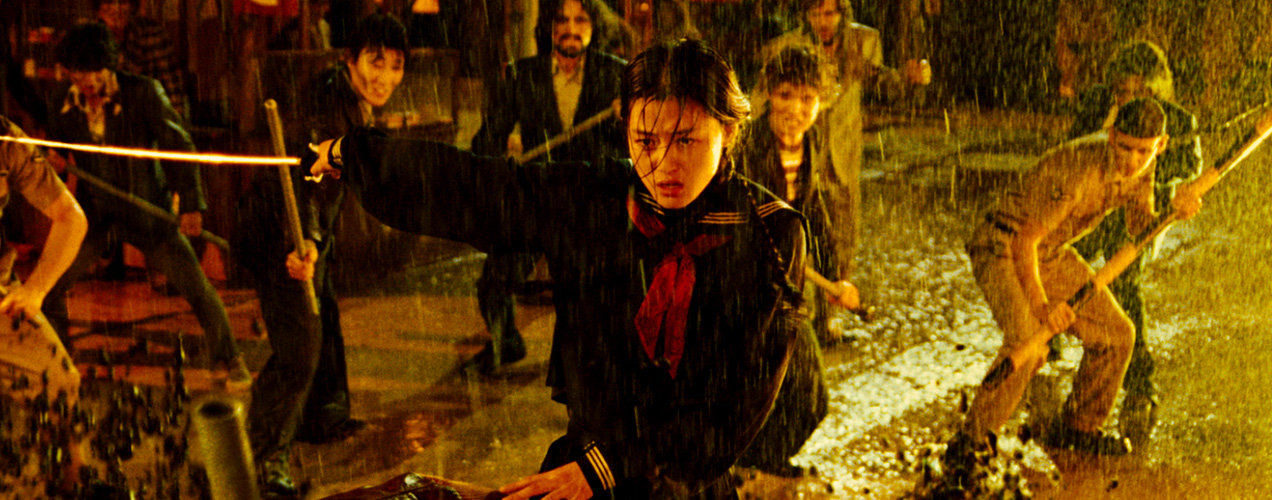
Blood: The Last Vampire
2009 / Chris Nahon > Tragically boring. When you’ve got the confluence of vampires, live-action anime and Korean megastar Jeon Ji-Hyun’s English-language debut, you expect at least something. Not necessarily storytelling or character development, but at least lots of awesome fights and maybe some skin. But there too, Blood fails. What a terrible intro to Gianna Jun (as she’ll be known stateside), who gained much of her fame through her hard-knock, lovable lead in the rom-com sensation My Sassy Girl. The lack of adequate roles for well-known Asian actresses continue to leapfrog their abilities, and unless you count Gong Li’s serviceable turn as a half-Chinese, half-Cuban drug-mama in Miami Vice, the category continues to remain empty and shameful.
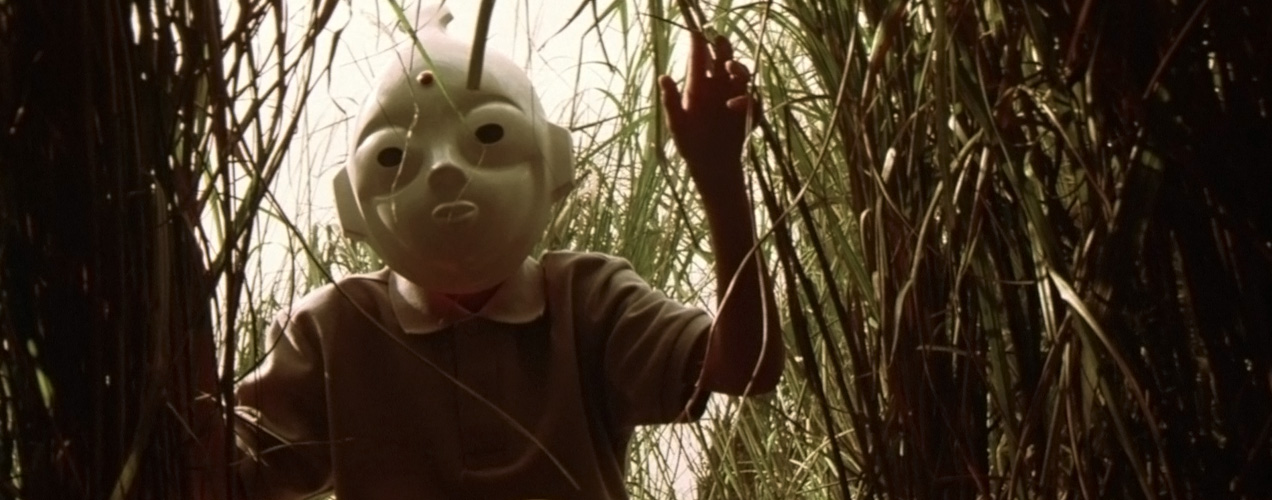
20th Century Boys 2: The Last Hope
 2009 / Yukihiko Tsutsumi > We’ve established that Japan’s incapable of making a proper blockbuster by looking at the treatment the first chapter received, and now that the second chapter’s here, there’s no need to beat that dead rabbit again. But there’s another dead rabbit worth beating, however: Some comics, mangas and books are theoretically unfilmable. They’re considered so because most minds can’t grasp how such works should be portrayed on the screen. In these cases, the director needs to have an innate understanding of not only the work in question, but also the intent of the author as well as a personal vision and style that doesn’t deviate from the aforementioned intent. And that doesn’t happen often, otherwise we wouldn’t be hellbent on panning so many adaptations that’ve peeped through Hollywood’s budget books over the years. But two examples that pop-up instantly in my mind are Michael Winterbottom’s Tristram Shandy: A Cock and Bull Story and Peter Jackson’s The Lord of the Rings Trilogy. Both utilize different angles of approaching classic works in transforming them into something magical. You could make the argument in each case it was not necessarily the technology that was lacking, but the imaginations. To add further fuel to the fire, consider the creativity that went into Fritz Lang’s Metropolis, a grand gesture of the cinematic medium even before sound arrived!
2009 / Yukihiko Tsutsumi > We’ve established that Japan’s incapable of making a proper blockbuster by looking at the treatment the first chapter received, and now that the second chapter’s here, there’s no need to beat that dead rabbit again. But there’s another dead rabbit worth beating, however: Some comics, mangas and books are theoretically unfilmable. They’re considered so because most minds can’t grasp how such works should be portrayed on the screen. In these cases, the director needs to have an innate understanding of not only the work in question, but also the intent of the author as well as a personal vision and style that doesn’t deviate from the aforementioned intent. And that doesn’t happen often, otherwise we wouldn’t be hellbent on panning so many adaptations that’ve peeped through Hollywood’s budget books over the years. But two examples that pop-up instantly in my mind are Michael Winterbottom’s Tristram Shandy: A Cock and Bull Story and Peter Jackson’s The Lord of the Rings Trilogy. Both utilize different angles of approaching classic works in transforming them into something magical. You could make the argument in each case it was not necessarily the technology that was lacking, but the imaginations. To add further fuel to the fire, consider the creativity that went into Fritz Lang’s Metropolis, a grand gesture of the cinematic medium even before sound arrived!
Tsutsumi just hasn’t done that. Chapter Two is confusing, with terrible pacing and mediocre acting. Even the few dubbed dialogues in Thai aren’t synced properly! The show’s a bloody mess, and really, what more can you expect from a manga that jumbles back and forth, each time letting small pieces of information flow through the storyline. Another thing that’s missing is the sense of scope that the manga provided. Compared to the dystopian vision that Naoki Urasawa intended, the recreation here is childish and almost laughable to the point where the whole plot seems ridiculous. But the manga finds ways to make you believe, and that, above all, leads the movie into a realm of failure. All of this, sadly, I still attribute to terrible production value. In the right hands, this is a masterpiece. But here, it’s just box office fodder.

Horsemen
2009 / Jonas Åkerlund > You know how a well-written thriller is supposed to be one step ahead of the viewer, making sure that the tense atmosphere continues until the very end? This isn’t one of those. Too often, the genre conventions fell into place and I found myself one step ahead of Dennis Quaid’s detective in charge of discovering the Horsemen behind some grizzly murders. In and of itself, this could survive if the story is good, but even that fails because of lack of scope. It’s as if someone promised me a trip to Paris and then took me to Philadelphia—it simply doesn’t work. No matter how well intentioned the ending may be, disappointment remains. All this is quite sad in two respects: Akerlund was on my list of directors to watch after a risky yet satisfying effort in Spun. Also, it was nice to see Zhang Ziyi play something different (in this case, a creepy, slithering snake of a woman with devious intentions).
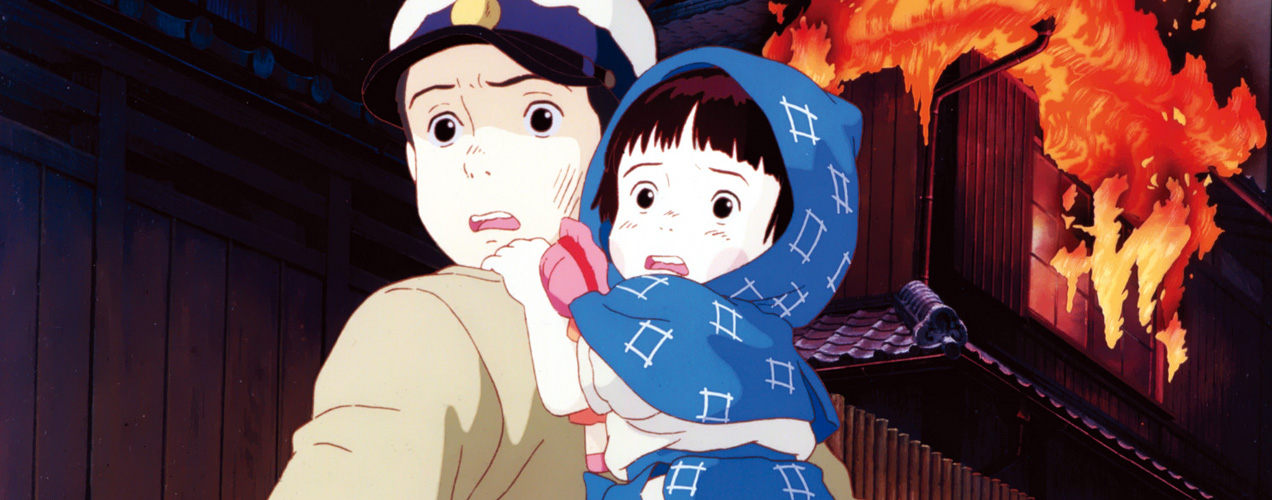
Grave of the Fireflies
1988 / Isao Takahata > War’s tough business, and fallout from the bloodshed affects everyone involved. Bravely and tastefully, cinema has over time tried to convey such moral dilemmas and barbaric vengeance, but once in a while, a movie comes along that makes the viewer feel dirty for the wrong reasons. Widely acclaimed for its animated portrayal of two young, Japanese orphans in World War II, Grave of the Fireflies has made me feel that way. It’s easy to justify the film’s bleak, helpless nature as a dose of realism, but I’d go as far as to say that it plays on the sensitivities of those who have dealt with wartime struggles. It manipulates the viewer without substantiating the emotions. Akiyuki Nosaka, on whose novel the film is based, was himself inspired out of sheer guilt for failing to support a family member. This guilt is what’s now being projected on the hapless viewer? That’s unfair, and the director should actually be the one to feel dirty. Our sympathy should be earned, not exploited with the tears of young children.

He’s Just Not That Into You
2009 / Ken Kwapis > He’s Just Not That Into You is one of the most mediocre attempts at legitimizing the tough-love, romantic dramedy genre in Hollywood. It fails primarily because it tries to be street smart only to then fall into trite turns and twists seen a mile away. The lack of focus also doesn’t help: Proper storytelling needs to address the little nuances that tilt emotions, but here we’re dilly-dallying left and right, making sure the dots connect, and all the while, are being given advice and then being told it’s wrong. This again reminds me of Ben Younger’s much unheralded sophomore effort, Prime, which I recall as one of the last movies with similar themes and big stars that worked successfully on multiple levels. Plus, let’s be honest at this point: Scarlett Johansson’s sheer presence on a screen is enough to ruin any movie.
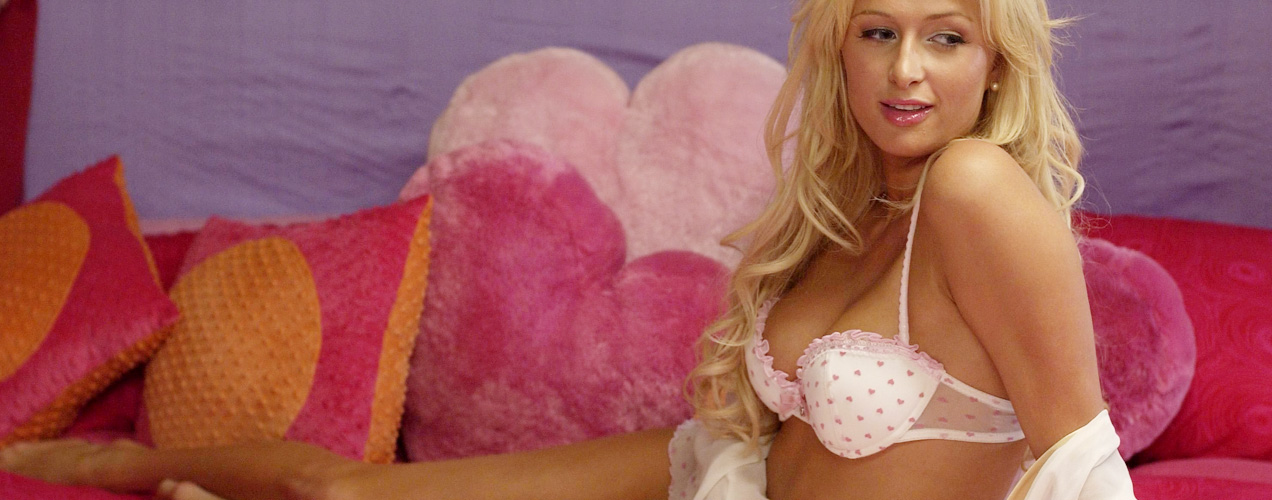
The Hottie & the Nottie
2008 / Tom Putnam > Last year, I was slotted a silly, amateurishly made yet almost jovial little sci-fi horror flick called Raptor for Lucid Screening’s White Elephant Film Blogathon. Because the film didn’t take itself so seriously, I was inclined to comment on it in a satirical fashion, tongue-in-cheek with lots of superlatives and naked praise. This year, I expected to do more of the same, but to my great surprise, Tom Putnam’s The Hottie and the Nottie is not a joke. This is a mostly serious production with mostly serious intents. But as it sits at #51 on the IMDb Bottom 100 (up from #1), one has to wonder where it all went wrong.
Let’s start at square one: Director Putnam’s last film was Red White Black & Blue, a respectable PBS documentary about the Japanese invasion of Alaska in 1942. It stands in out in history as being the first and only time since the War of 1812 that a foreign country has invaded American soil. Everyone from trade bible Variety to The Christian Science Monitor and The Boston Globe laid accolades on it, the latter calling it “a wrenching look at a forgotten battle.” So how does the director of that go forth in directing this, a movie that was pimped out to the masses in the guise of a Paris Hilton showcase? The truth is, I don’t know. I don’t know Putnam, but one thing is for sure: Hollywood isn’t easy, and every critic and commentator out there blindly splashing manure at this piece of work because of Hilton’s involvement ought to be ashamed of themselves for not being more considerate.
The Hottie and the Nottie is not a classic. It’s not even good enough to become a cult favorite. It’s mediocre at best, though it should be filed a couple of notches below that. But it’s also not as bad as the reviews would suggest. My disgust stems from incendiary commentaries around the Internet that knock this movie down simply because of Hilton’s involvement. There are proper ways to be critical and then there are half-assed ways. Much of what I’ve read is of the mooning assortment, devoid of respect for the hard work of all the individuals who actually did hone their craft on this unfortunate movie. Show your anger at those who caused this to be such a disaster. First of all, the marketing is terrible. The posters and DVD covers have Hilton (“the Hottie”) glowing in a white bikini while pal Christine Lakin (“the Nottie”) stands behind her looking like the offspring of The Goonies’ Sloth and the mother from Peter Jackson’s Braindead. It’s an unappealing sight undoubtedly Photoshopped for further effect, and simply a bad business decision. If there’s really anyone who could be blamed for the failure of such a production, it would have to be the marketers and whoever was responsible for the casting of Paris Hilton.
The writing is good enough for what the movie was supposed to be: A run-of-the-mill My Fair Lady with a slight twist. But Hilton cannot act. She’s statuesque, almost frigid and incapable of evoking emotion. She’s not even the lead, yet she ruins every scene she’s in. One could argue that her celebrity has caused us to take her less seriously, but then how do you respond to the way Angelina Jolie marveled in A Mighty Heart? Good and great actors work beyond their real-life egos to make audiences believe, but Hilton, flush with her family fortune, lacks that in spades. In fact, what may be scary is that her performance in this was only slightly worse than in 1 Night in Paris. Recast her character and we’ve already improved the final product by 100%.
Story-wise, the fundamental problem with makeover movies is that they’re predictable. You know the protagonist will get the once-ugly girl. That’s the formula, but give credit to screenwriter Heidi Ferrer for trying to change things up a little. Lakin (who most of us remember from the mid-90s TGIF sitcom Step by Step alongside Patrick Duffy and Suzanne Sommers) transforms in a more respectable fashion than usual in this sub-genre. It’s natural and readily believable. And while Lakin isn’t Rachel Leigh Cook, she’s still a formidable ugly duckling. Even Joel David Moore, known primarily for the portrayal of a wacky game designer in Grandma’s Boy, puts forth the kind of lovable loser performance that’s bound to tug a couple of heart strings.
So, about Putnam and Hilton and the film as a whole: How did this occur? Hilton is listed as executive producer, so maybe her Benjamins influenced the direction. Maybe Putnam realized making documentaries wasn’t the way to pay rent. Maybe the marketers saw the final product, realized it stunk of six-month old milk and decided to sell it to the VH1, I Love New York niche-market that loves celeb trash to death. But even they’ll be disappointed. Either Putnam or Hilton or someone else with muscles flexed them to the point where the film’s identity crisis forcibly looms over its path to success: Too serious to be taken as a gross-out romantic comedy, and too ridiculous to be satirized.

Choke
2008 / Clark Gregg > I’ve never read anything by Chuck Palahniuk, but between Choke and Fight Club, one has to be closer to the truth. The latter is a masterpiece, a testament to the modern twenty-something in deep need of guidance. The former is ridiculous. Well, at least the movie is. The gimmick of a sex addict doesn’t really do much in terms of driving the plot, though I’m sure it got a couple of people to buy the DVD hoping for some Kelly Macdonald nudity (sorry, there is none). Halfway through, I was wondering what the point of it all was, and there wasn’t really any ending I could have imagined that could have saved it. I was right. At least it gives you an idea or two about airplane etiquette.

